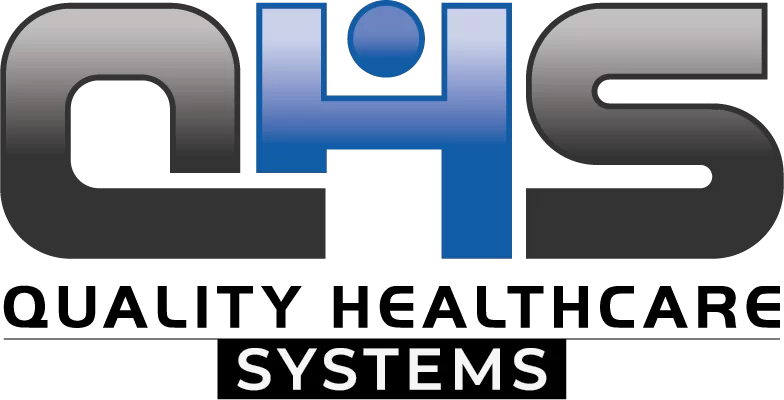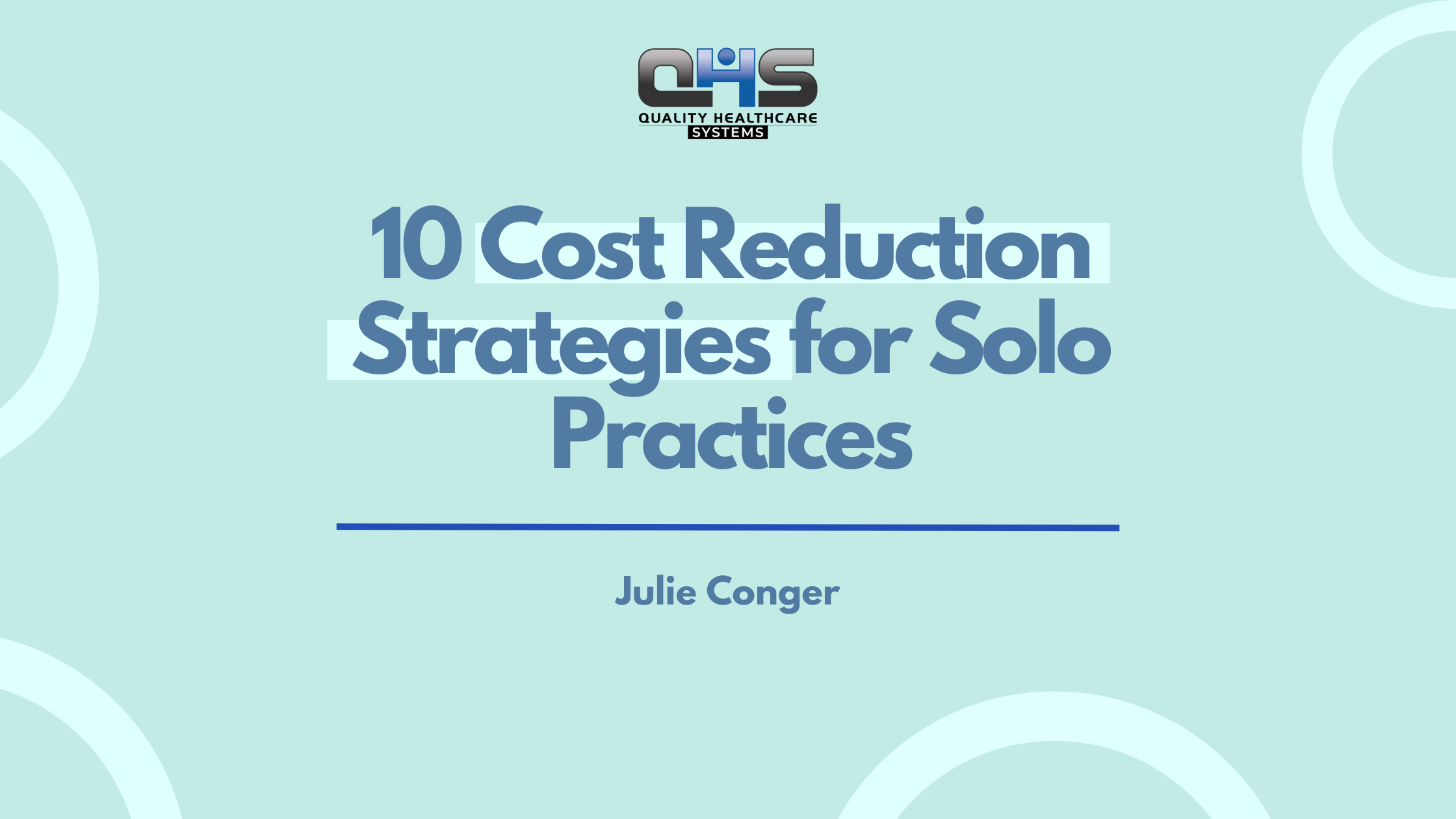Running a solo practice can be rewarding, but it often comes with financial challenges. Rising operational costs, coupled with the need to maintain high-quality care, make it essential to implement effective cost reduction strategies. Fortunately, there are several ways to cut expenses without compromising patient satisfaction or outcomes. Here are 10 practical and proven strategies for reducing costs in your solo practice.
1. Optimize Administrative Processes
Streamlining administrative tasks can save both time and money. Inefficient processes often lead to errors and wasted resources, so investing in tools that automate repetitive tasks can significantly reduce overhead.
Example:
Switching to an electronic health record (EHR) system can minimize paperwork, reduce billing errors, and free up staff time for more critical tasks.
Actionable Tip:
Evaluate which administrative tasks can be automated, such as appointment scheduling, patient reminders, or billing processes.
2. Implement Telehealth Services
Telehealth isn’t just convenient for patients—it’s also cost-effective for practices. By reducing the need for in-person visits, solo practitioners can save on overhead costs like utilities and room usage.
Example:
A solo practice offering telehealth for non-urgent follow-ups saw a 20% reduction in operational costs while maintaining patient satisfaction.
Actionable Tip:
Use telehealth platforms for follow-up visits, consultations, and routine check-ins to save time and resources.
3. Negotiate Supplier Contracts
Suppliers play a crucial role in operational costs. Renegotiating contracts or switching to more affordable suppliers can lead to substantial savings on medical supplies and equipment.
Example:
A practice that switched to a generic supplier for consumable items saved $5,000 annually without sacrificing quality.
Actionable Tip:
Regularly review supplier contracts and compare pricing to ensure you’re getting the best deal. Look for opportunities to buy in bulk or negotiate better terms.
4. Focus on Preventive Care
Educating patients about preventive care can help reduce long-term treatment costs. By encouraging patients to adopt healthier lifestyles and attend regular checkups, you can minimize expensive interventions down the line.
Example:
A practice that focused on preventive screenings for high-risk patients saw a decrease in emergency visits, improving both patient health and cost efficiency.
Actionable Tip:
Develop patient education campaigns that emphasize preventive measures such as vaccinations, screenings, and lifestyle modifications.
5. Share Resources with Other Practices
Collaborating with nearby practices to share resources is an excellent way to cut costs. Shared office space, medical equipment, or even staff can help reduce overhead expenses.
Example:
Two solo practices partnered to share a receptionist and billing staff, cutting personnel costs by 30%.
Actionable Tip:
Network with local practices to explore opportunities for resource-sharing arrangements.
6. Outsource Non-Essential Tasks
Outsourcing tasks like medical billing & coding, IT support, or payroll can be more cost-effective than hiring in-house staff. This allows you to focus on patient care while professionals handle specialized tasks.
Example:
A practice that outsourced its billing operations reduced errors by 15% and saved $12,000 annually on staffing costs.
Actionable Tip:
Identify non-essential tasks that can be outsourced to experienced vendors to reduce your workload and expenses.
7. Reduce Energy Costs
Implementing energy-efficient solutions can significantly lower utility bills over time. Simple changes like switching to LED lights or using smart thermostats can make a big difference.
Example:
A practice that conducted an energy audit and upgraded to energy-efficient lighting saved $1,200 annually on electricity costs.
Actionable Tip:
Invest in energy-efficient appliances and conduct regular maintenance to ensure optimal performance.
8. Adopt Value-Based Care Models
Value-based care focuses on improving patient outcomes rather than the volume of services provided. This approach can reduce unnecessary tests and procedures, ultimately lowering costs.
Example:
A solo practitioner who adopted a value-based care model saw a 15% reduction in diagnostic expenses while improving patient satisfaction scores.
Actionable Tip:
Research payer programs that reward value-based care to align your practice with this cost-effective model.
9. Use Digital Marketing to Attract Patients
Traditional marketing methods can be expensive and less effective than digital strategies. Platforms like social media, email marketing, and search engine optimization (SEO) are cost-efficient ways to attract and retain patients.
Example:
A solo practice used targeted social media ads for less than $500 per campaign and attracted 20 new patients in a month.
Actionable Tip:
Focus on affordable and effective digital marketing strategies, including building an informative website and maintaining an active presence on social media.
10. Regularly Review and Adjust Budgets
Frequent budget reviews allow you to identify inefficiencies and make informed adjustments. Regularly analyzing expenses helps pinpoint areas where costs can be reduced.
Example:
Monthly budget reviews helped a solo practitioner identify $10,000 in unnecessary spending, which was reallocated to more impactful areas of the practice.
Actionable Tip:
Use financial management software to track expenses and identify trends that could lead to cost savings.
Conclusion
Reducing costs in a solo practice doesn’t mean compromising on quality care. By implementing these 10 strategies, you can optimize operations, improve patient outcomes, and ensure long-term financial sustainability. From adopting telehealth to negotiating supplier contracts, these actionable tips will help you manage your practice efficiently and effectively.






